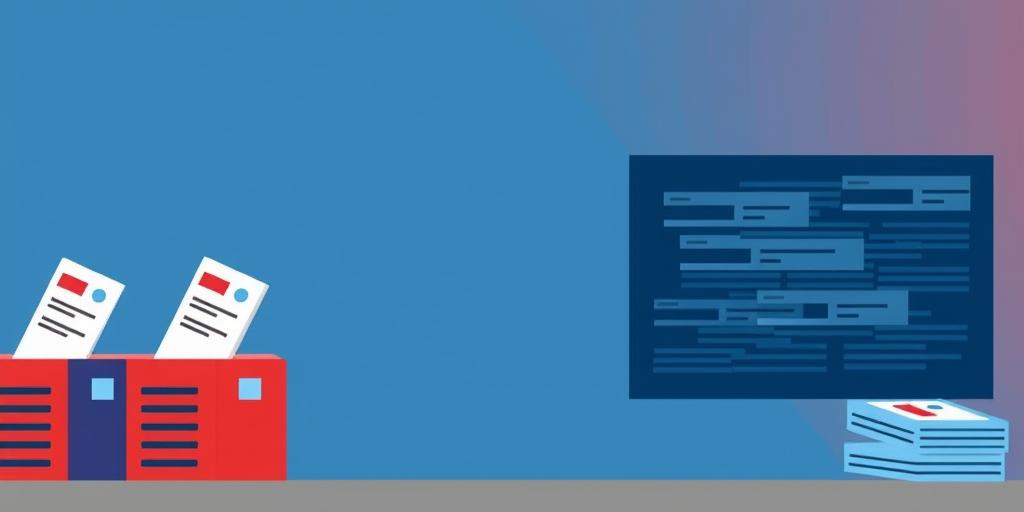Elections are the cornerstone of democracy, allowing citizens to choose their representatives and shape the future of their societies. However, the integrity of these elections is increasingly threatened by the spread of misinformation and disinformation. Understanding the difference between these two concepts, their impact, and how to combat them is crucial for maintaining a healthy democratic process.
Misinformation vs. Disinformation: What’s the Difference?
While both terms refer to inaccurate information, their key difference lies in intent:
- Misinformation: This is false information that is spread unintentionally or without the intent to deceive. People sharing misinformation may genuinely believe they are providing accurate information.
- Disinformation: This is false information that is deliberately created and spread with the intent to deceive or mislead. Disinformation campaigns are often designed to manipulate public opinion, sow discord, or undermine trust in institutions.
The Impact of Misinformation and Disinformation on Elections
The spread of misinformation and disinformation can have severe consequences for elections, including:
- Erosion of Trust: False narratives can undermine public trust in electoral processes, institutions, and the media.
- Voter Suppression: Misleading information about voting requirements, polling locations, or candidate positions can discourage or prevent eligible voters from participating.
- Polarization and Division: Disinformation campaigns often exploit existing social and political divisions, exacerbating polarization and hostility.
- Undermining Election Outcomes: In extreme cases, the spread of misinformation and disinformation can cast doubt on the legitimacy of election results and lead to political instability.
Combating Misinformation and Disinformation
Addressing the challenge of misinformation and disinformation requires a multi-faceted approach involving individuals, social media platforms, governments, and educational institutions.
- Critical Thinking and Media Literacy: Individuals can learn to evaluate information critically, identify potential sources of bias, and verify claims before sharing them.
- Fact-Checking and Verification: Independent fact-checkers and media organizations play a vital role in debunking false narratives and providing accurate information.
- Platform Accountability: Social media platforms need to take greater responsibility for the content shared on their platforms, including implementing stricter policies on disinformation and misinformation, investing in content moderation, and promoting media literacy.
- Government Regulation: Governments can regulate disinformation campaigns while protecting freedom of speech. This can include legislation on transparency, foreign interference, and campaign finance.
- Education and Awareness: Educational institutions and community organizations can educate people about the dangers of misinformation and disinformation, equipping them with the skills to identify and resist manipulation.
Conclusion
Misinformation and disinformation pose a serious threat to the integrity of elections and the health of democracy. By understanding the nature of these threats, their impact, and how to combat them, we can work together to safeguard the electoral process and ensure that elections remain free, fair, and credible.









